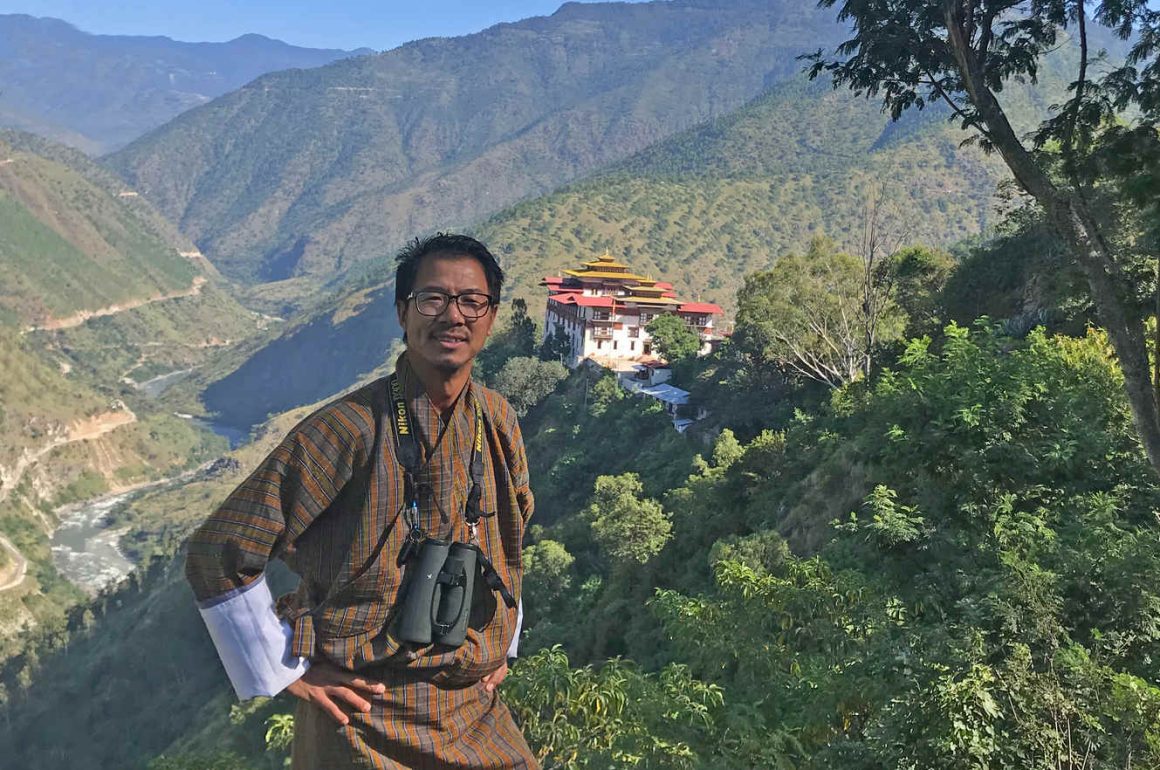
What is your favorite bird species?
Among all the incredible birds found in Bhutan, the Fire-tailed Myzornis is my absolute favorite. This dazzling little bird, with its vibrant green body and striking fire-red tail, is a true gem of the Himalayas. But spotting one isn’t easy. The Fire-tailed Myzornis migrates from the lowlands to remote alpine conifer forests to breed, making it a real challenge to find—especially for visiting birders. Still, every time I manage to lay eyes on one, it feels like a reward for all the effort. It’s a bird so stunning that it quite literally makes your jaw drop. For any birder visiting Bhutan, catching a glimpse of this rare beauty is nothing short of a dream come true.
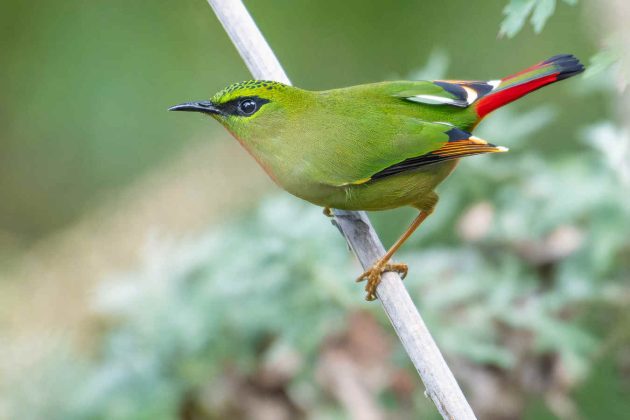
What is your name, and where do you live?
My name is Chubzang Tangbi, and I live in Bhutan running my bird tour company, Langur Eco Travels.
Black-necked Crane
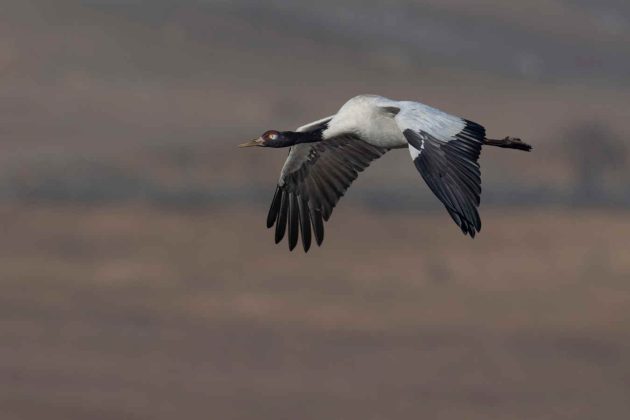
What are the main regions or locations you cover as a bird guide?
Bhutan is home to several national parks, each offering incredible birding opportunities. However, the ones we frequent most on our tours are true birding hotspots:
- Jigme Singye Wangchuck National Park (Wangdue & Trongsa) – A haven for mid-altitude species and rich forest habitats.
- Jigme Dorji National Park (Thimphu & Punakha) – Perfect for high-altitude Himalayan birds and stunning landscapes.
- Phrumshing La National Park (Mongar) – One of Bhutan’s most biodiverse birding locations, teeming with rare and elusive species.
- Royal Manas National Park (Zhemgang) – Known for its sub-tropical forests and some of the most sought-after birds in South Asia.
These parks are not just protected areas—they’re prime destinations for unforgettable birding experiences.
Ibisbill
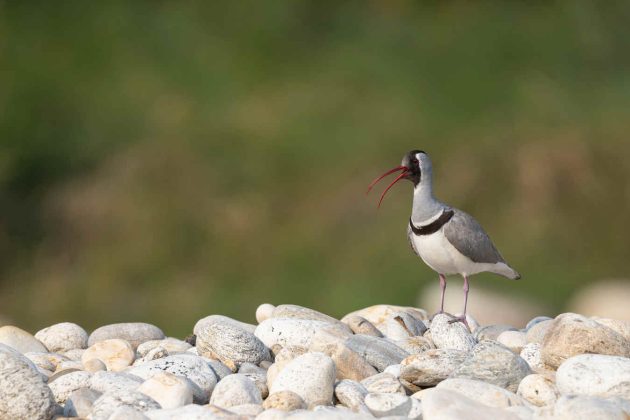
How long have you been a bird guide?
Over 22 years.
White-bellied Heron
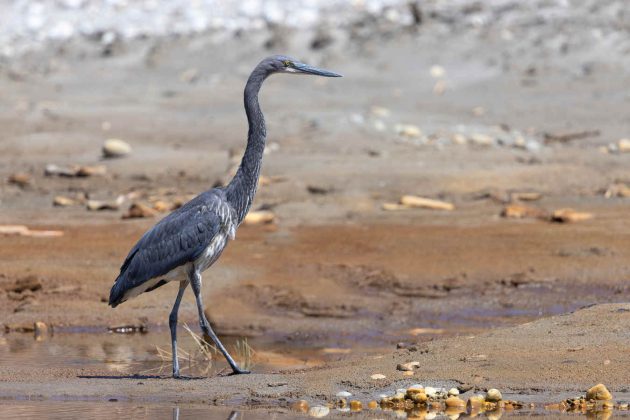
How did you get into bird guiding?
Growing up on a farm in the lush, forested hills of Trongsa, I was surrounded by nature from the very beginning. Birds were part of my everyday life—waking me with their songs, flitting through the trees, and nesting around our home. But the real turning point came in my early teens, when I got my hands on my very first pair of binoculars.
That moment changed everything. With binoculars in hand, I began exploring the forests more intentionally, observing birds not just as background companions, but as fascinating creatures with unique behaviors and beautiful songs. By 2001, birding had become more than a passion—it became a way of life. I spent countless hours in the field, learning their calls, studying their movements, and slowly building my knowledge, species by species. Bird guiding was a natural next step. It allowed me to share this deep connection with Bhutan’s incredible avian diversity with others—from seasoned birders to curious first-timers. And every time I help someone spot a lifer or hear a rare call echo through the forest, I’m reminded of why I fell in love with birding in the first place.
Blood Pheasant
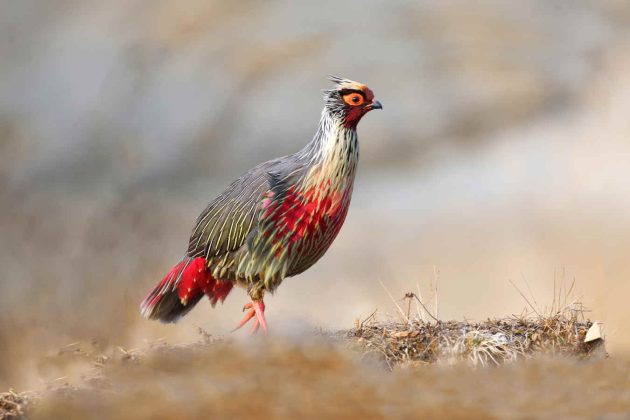
What are the aspects of being a bird guide that you like best? Which aspects do you dislike most?
One of the things I enjoy most about being a bird guide is that it keeps me active and healthy—you have to rise early and spend hours walking through forests, valleys, and mountains. And of course, the thrill of spotting a new or rare bird, especially for a guest, is one of the most rewarding experiences in this line of work.
On the flipside, it’s disheartening to witness the increasing habitat loss and deforestation happening across the globe. These changes make birdwatching more difficult, as many species become harder to find or disappear altogether due to human interference. One of the most frustrating parts of guiding is searching tirelessly for a target bird, hiking for miles, only to come up empty-handed. But even on those days, the hope of what could be around the next corner keeps me going.
Satyr Tragopan
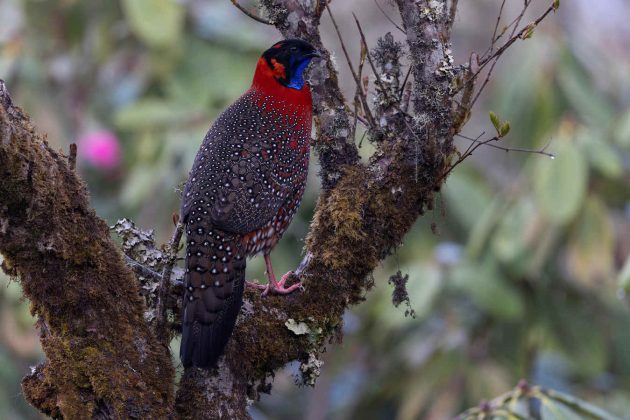
What are the top 5-10 birds in your region that are the most interesting for visiting birders?
While nearly all Himalayan birds are fascinating to see, there are certain species that truly stand out—especially because they’re relatively easy to spot in Bhutan but rare or difficult to find elsewhere. That’s what makes Bhutan such a dream destination for birders.
Here are my top picks that every visiting birder should hope to see:
- Himalayan Monal
- Satyr Tragopan
- Blood Pheasant
- Beautiful Nuthatch
- White-bellied Heron
- Black-necked Crane
- Rufous-necked Hornbill
- Fire-tailed Myzornis
- Ibisbill
- Ward’s Trogon.
These species not only offer unforgettable sightings but also reflect the rich biodiversity and pristine habitats Bhutan continues to protect.
Ward’s Trogon
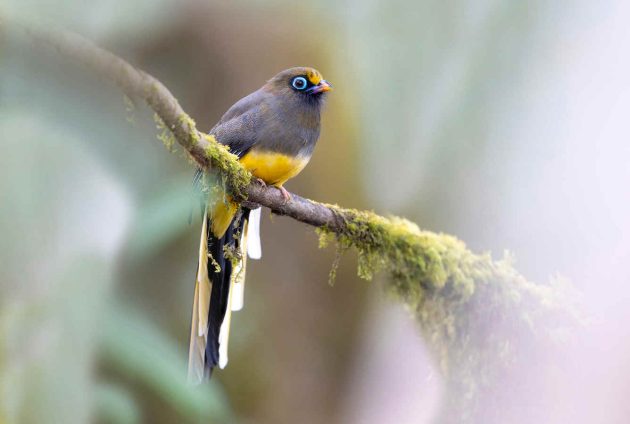
Can you outline at least one typical birdwatching trip in your area? Please briefly describe the locations, the key birds, and the approximate duration of such a trip.
18-Day Birding Tour Through Bhutan – Our Most Popular Itinerary
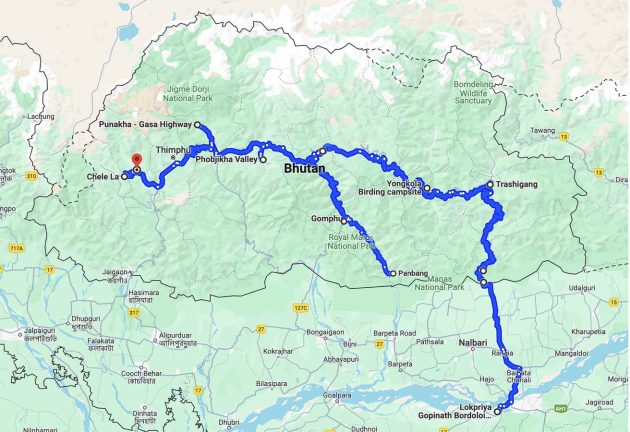
Day 1: Arrival in Paro
Most of our tours begin with a flight into Paro, home to Bhutan’s only international airport. The Paro Valley offers some excellent birding opportunities right after arrival. Just 10 minutes from the airport, along the Paro River, you have a chance to spot one of Bhutan’s top birds—the Ibisbill, a monotypic species and a favorite among family listers.
A visit to Chele La Pass (alt. ~4000m) offers a fantastic introduction to high-altitude Himalayan birds, including: Himalayan Monal, Satyr Tragopan, Blood Pheasant (western subspecies), Collared Grosbeak, Rufous-bellied Woodpecker, Buff-barred Warbler, Alpine Thrush, Spotted Laughingthrush
Day 2–3: Thimphu
Travel to Thimphu, the capital of Bhutan, for a cultural highlight: visiting the Giant Buddha Statue at Kuenselphodrang Park. Enjoy light birding in the surrounding hills.
Day 4–5: Punakha
Head east to Punakha, a lush valley with warmer temperatures. Special birds to look for here include: Slender-billed Oriole, Rusty-cheeked Scimitar Babbler, and Spotted Elachura. (another monotypic species)
Day 6–7: Phobjikha (Valley of the Cranes)
This beautiful glacial valley hosts over 500 Black-necked Cranes from November to early March.
Other highlights include: Himalayan Vultures, Lammergeier (occasionally), Wood Snipe (rare, seen in boggy marshes), Red-billed Chough, Oriental Skylark, and Hen Harrier.
Day 8-9: Tingtibi & Zhemgang Area
Explore sub-tropical bamboo forests, critical habitats for some of Bhutan’s rarest birds: Pale-billed & White-breasted Parrotbills, Rufous-faced Warbler, White-browed Piculet, White-browed & White-hooded Babblers, and Pale-headed Woodpecker.
Highlight: Potential sighting of the White-bellied Heron, one of Bhutan’s rarest and most endangered species, along the Mangdue River Valley.
Day 10- 11: Panbang, Nganglam & Gelephu
Optional extension to Royal Manas National Park, including the Panbang and Nganglam valleys: Yellow-vented & Yellow-bellied Warblers, Silver-breasted Broadbill, Eyebrowed Wren Babbler, Collared Treepie, Red-headed Trogon, Green Cochoa, Buff-breasted Babbler (first national record from 2021), Grey Peacock Pheasant, Rufous-vented Laughingthrush, and Pale-blue Flycatcher.
Gelephu, a developing “mindful city” where elephants and humans coexist peacefully. Great birding opportunities include: Oriental Scops Owl, Spotted Owlet, Green Imperial Pigeon, Asian Openbill, Lesser Adjutant, Pin-tailed Snipe, Brown Fish Owl, Great & Oriental Pied Hornbills, Yellow-wattled & Grey-headed Lapwings, Pale-footed Bush Warbler, Rosy Minivet, Red-breasted Parakeets, Blue-naped Pitta, Black Francolin, and Cinnamon Bittern.
Day 12–13: Bumthang
Continue east to Bumthang, passing through mid-elevation forests. Key species en route: Satyr Tragopan, Ward’s Trogon, Himalayan Monal
Day 14–16: Yongkola – Phrumshing La National Park
This region is one of Bhutan’s premier birding hotspots. Rare species include: Sikkim Wedge-billed Wren Babbler, Slender-billed Scimitar Babbler, Rufous-necked Hornbill, Beautiful Nuthatch, Long-billed & Rufous-throated Wren Babblers, Yellow-throated & Golden-breasted Fulvettas, Black-throated Parrotbill, Blue-winged Laughingthrush (elusive), Gould’s Shortwing (rare), and White-naped Yuhina.
Possible sightings (with luck): Chestnut-breasted & Rufous-throated Partridges
Night birds: Spot-bellied Eagle Owl, Hodgson’s Frogmouth, Mountain Scops Owl, Brown Wood Owl
Day 17–18: Pheasant Mountain – Kharung La Area (involves a 5-hour hike and camp).
Explore the Kharung La forests, renowned for all three species of Tragopan found in Bhutan: Blyth’s Tragopan (surprisingly the most common here), Temminck’s Tragopan, and Satyr Tragopan
Other top birds from this area: Blue-fronted Robin, Bar-winged Wren Babbler, Brown-throated Fulvetta, Hume’s Bush Warbler, Fulvous Parrotbill, Long-billed Thrush, and Red-billed Leiothrix.
Day 19 – 20: Samdrup Jongkhar (Optional Entry Point)
Some tours begin via Samdrup Jongkhar, accessed overland from Guwahati, Assam. A day or two here offers unique lowland birds: Blyth’s Kingfisher, Dark-rumped Swift, Black-backed Forktail, Wreathed Hornbill, Long-tailed Broadbill, Long-tailed Sibia, and Golden-fronted Leafbird.
Beautiful Nuthatch
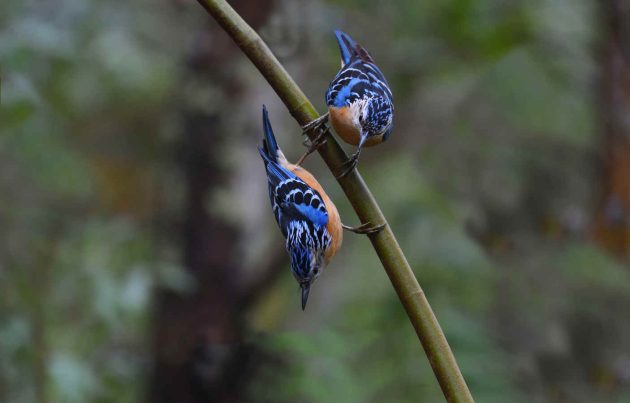
What other suggestions can you give to birders interested in your area?
Bhutan is a great place for birding and is completely safe. People are very friendly, and the forests are pristine. Mostly, birding is done on paved roads. However, it is advisable to bring a sunscreen lotion, sunglasses, and insect repellent, depending on which time of year you plan to visit. Season-wise, it is best to visit anytime from November to May.
Himalayan Monal
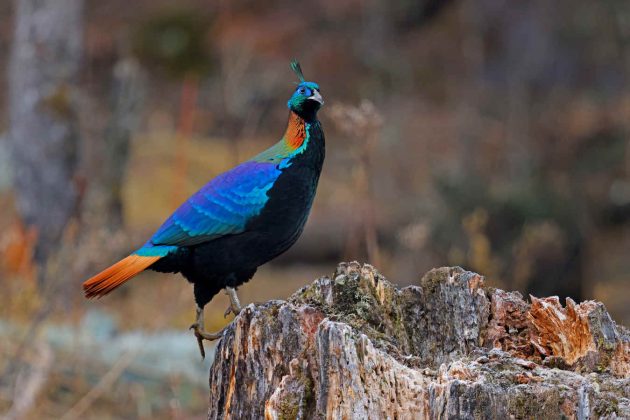
If any readers of 10,000 Birds are interested in birding with you, how can they best contact you?
Please contact us through our website at www.bhutanbirdingtours.com or via email at tangbi@holidaysinbhutan.com or via WhatsApp at +975 17160228
Rufous-necked Hornbill
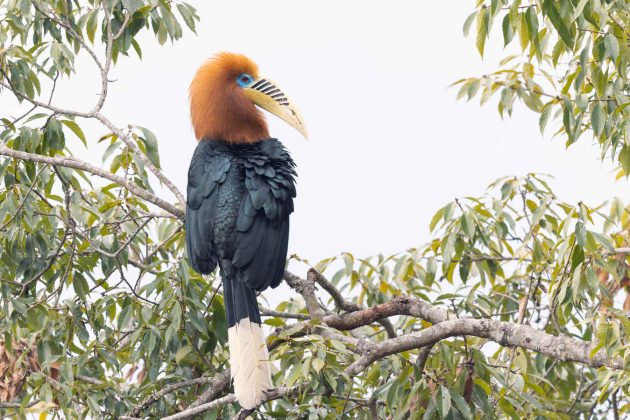
Is there anything else you would like to share with the readers of 10,000 Birds?
Bhutan is a fantastic destination for birding—completely safe, incredibly scenic, and home to some of the most pristine forests in the Himalayas. The local people are warm and welcoming, and most birding is conveniently done along well-paved roads. For a comfortable and productive birding experience, I recommend bringing warm clothes, sunscreen, sunglasses, insect repellent, and a rain jacket, depending on the season of your visit.
The best time to visit is from November to May, when bird activity is at its peak and weather conditions are most favorable.


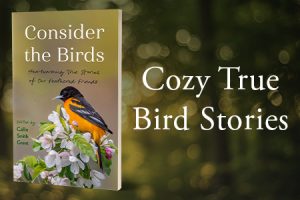



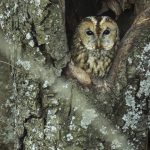
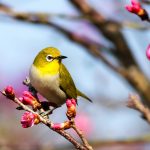


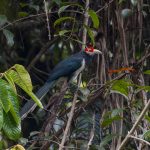
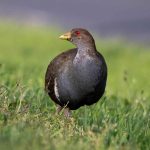
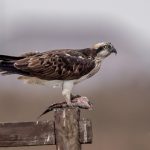
That Fire-tailed Myzornis is just gorgeous.